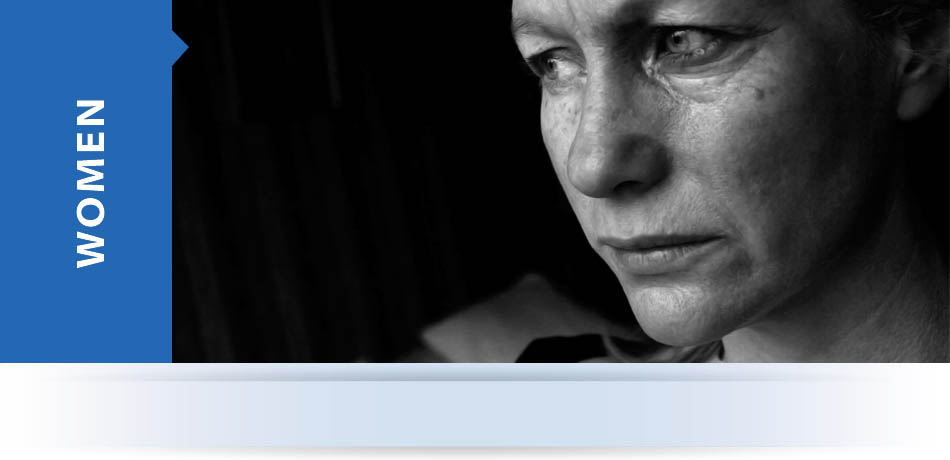The Global Burden of Women’s Cancers: A Grand Challenge in Global Health (Ginsburg, 2016)
Ginsburg, Ophira, Freddie Bray, Michel P Coleman et al., “The Global Burden of Women’s Cancers: A Grand Challenge in Global Health,” The Lancet (November 2016), doi:dx.doi.org/10.1016/S0140-6736(16)31392-7
URL: www.thelancet.com/journals/lancet/article/PIIS0140-6736(16)31392-7/fulltext#cesec70
Abstract
Every year, more than 2 million women worldwide are diagnosed with breast or cervical cancer, yet where a woman lives, her socioeconomic status, and agency largely determines whether she will develop one of these cancers and will ultimately survive. In regions with scarce resources, fragile or fragmented health systems, cancer contributes to the cycle of poverty. Proven and cost-effective interventions are available for both these common cancers, yet for so many women access to these is beyond reach. These inequities highlight the urgent need in low-income and middle-income countries for sustainable investments in the entire continuum of cancer control, from prevention to palliative care, and in the development of high-quality population-based cancer registries. In this first paper of the Series on health, equity, and women’s cancers, we describe the burden of breast and cervical cancer, with an emphasis on global and regional trends in incidence, mortality, and survival, and the consequences, especially in socioeconomically disadvantaged women in different settings.
This is the first in a Series of three papers about health, equity, and women’s cancers.
Ginsburg et al. (2016) provide an overview of the prevalence and scope of women’s cancers in low-income and middle-income countries. For example, in highlighting the need for urgency on this global health burden, they note that women’s cancers take the lives of twice as many women as complications during pregnancy and childbirth. Raising the bar of education on this matter is a first step in working to promote and implement appropriate healthcare practices.








